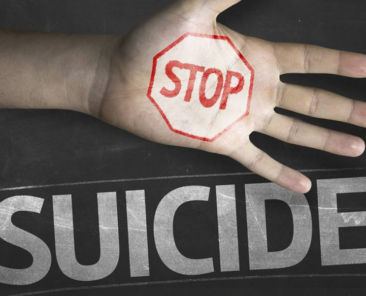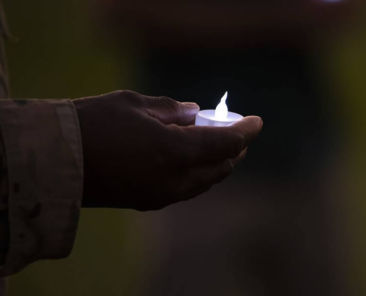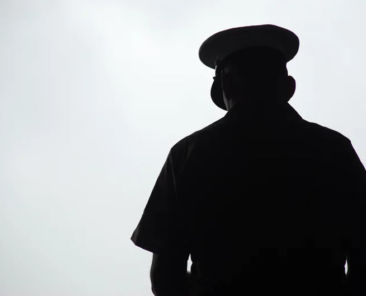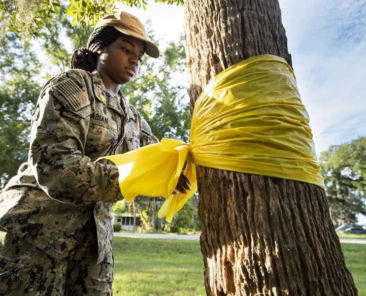Hundreds of troops take their lives every year, according to Defense Department data, and more than 60 percent of those happen at home with a personally owned firearm. In the interest of finding ways to bring those numbers down, a group of researchers, including from National Center for Veterans Studies, Salt Lake City and the Naval Health Research Center in San Diego, published a report Friday in the Journal of the American Medical Association’s Network Open site.
Hundreds of troops take their lives every year, according to Defense Department data, and more than 60 percent of those happen at home with a personally owned firearm. In the interest of finding ways to bring those numbers down, a group of researchers, including from National Center for Veterans Studies, Salt Lake City and the Naval Health Research Center in San Diego, published a report Friday in the Journal of the American Medical Association’s Network Open site.
From April to June this year, 16 more service members died by suicide than did in the same time period in 2019, according to Defense Department data released Oct. 15. During that time period, compared to the same period last year, there was a 14-percent spike overall.
A new report on U.S. military deaths contains a stark statistic: An estimated 7,057 service members have died during military operations since 9/11, while suicides among active duty personnel and veterans of those conflicts have reached 30,177 — that’s more than four times as many.
Suicide rates among active-duty military members are currently at an all-time high since record-keeping began after 9/11 and have been increasing over the past five years at an alarmingly steady pace. In fact, some branches of the Armed Forces are experiencing the highest rate of suicides since before World War II.
Last fall, as the COVID-19 pandemic continued to rage, early reports showed that the stress of shelter-in-place orders and travel bans might have been contributing to troop suicides. But whatever was responsible for that spike, it didn’t last, and the latest Defense Department suicide report shows no statistically significant increases in 2020.







